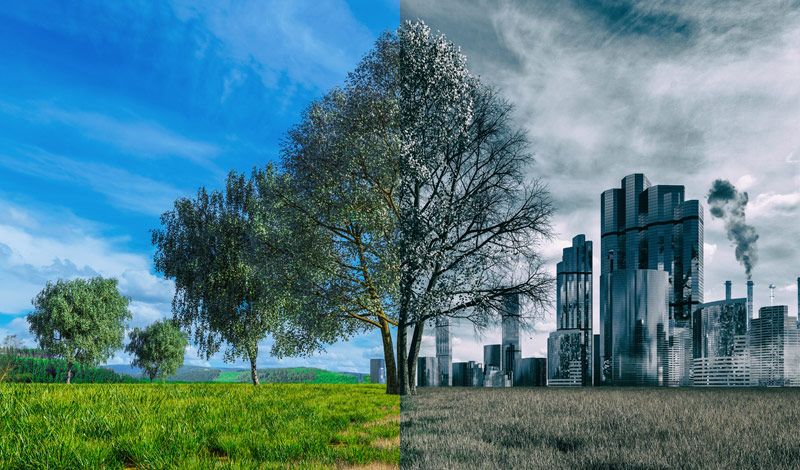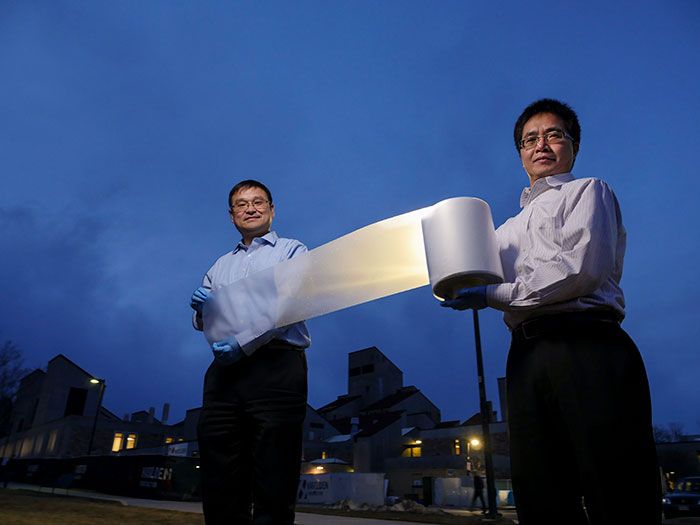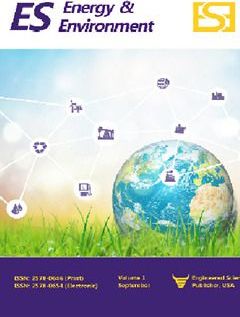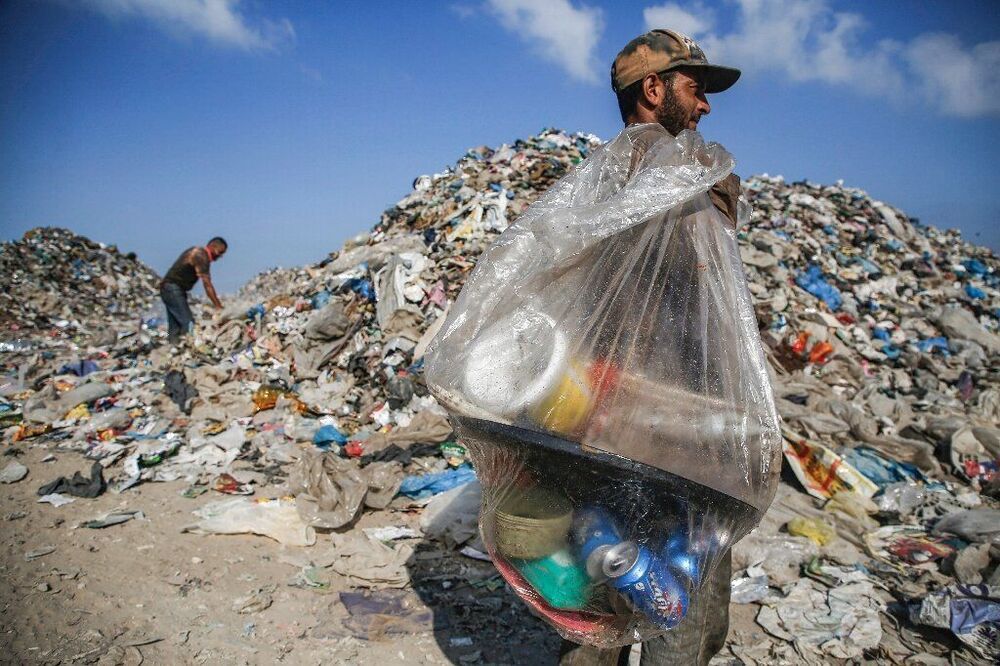
Researchers have observed three-dimensional magnetic vortex rings in a real-world magnetic material for the first time. Contrary to theoretical predictions, these rings – which are spin configurations within the material’s bulk – are remarkably stable and could move through the material like smoke rings move through air. If such movement can be controlled, they might have applications in energy-efficient 3D data storage and processing.
In a ferromagnetic material, the spatial distribution of the local magnetization is responsible for the material’s magnetic properties. These spatial distributions can be very complex, and intricate magnetic “textures” are behind many modern technologies, including hard disk drives. A vortex is one such distribution, and it forms when the material’s magnetization circulates around a central core.
Vortex rings are more sophisticated still, and occur naturally in physical systems such as fluids, plasmas and turbulent gases in the Earth’s atmosphere. However, while they have long been predicted to exist in ferromagnets, they have never been observed there until now.
















